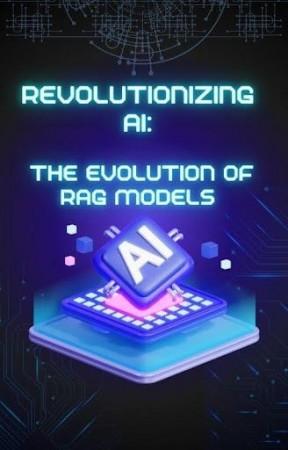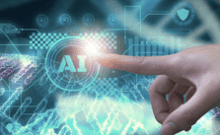
In a landscape where artificial intelligence (AI) is evolving at a rapid pace, innovations are key to overcoming the limitations of earlier models. One such breakthrough is the Retrieve, Augment, Generate (RAG) model, which stands as a transformative force in enhancing the relevance, creativity, and reliability of AI-generated content. Roshan Mohammad, an expert in leveraging AI innovation, explores how RAG models push the boundaries of what AI can accomplish, offering far more than traditional language models (LLMs). His work offers new perspectives on the integration of real-time knowledge, making AI more adaptable to dynamic environments.
Breaking the Limitations of Traditional LLMs
Conventional LLMs, while innovative, rely on static training data, leading to outdated or inaccurate information and a tendency to "hallucinate" plausible but false responses. They often struggle with relevance and factual accuracy in complex contexts. RAG models overcome these issues by incorporating dynamic information retrieval, setting a new standard for AI reliability. This approach reduces errors and ensures that responses are more accurate and up-to-date, addressing key limitations of traditional language models.
By introducing real-time knowledge retrieval mechanisms, RAG models tap into updated, relevant data. This ability significantly mitigates the hallucination problem by providing factually grounded content. Furthermore, the integration of external knowledge enhances their capacity to generate contextually rich and up-to-date responses, resulting in a more reliable AI system that consistently offers accurate and relevant information.
Enhancing Creativity and Contextual Relevance
RAG models enhance creativity by cross-referencing multiple sources, allowing them to make novel connections and generate innovative ideas. By combining diverse information streams, these models excel at tackling complex challenges, such as sustainable development. They integrate ecological principles with modern technology to offer groundbreaking solutions, demonstrating their ability to produce insightful, original outputs beyond the capabilities of traditional models. This fusion of varied knowledge streams drives more creative and contextually relevant responses across diverse fields.
Reliability and Accuracy: A Paradigm Shift
Beyond creativity and relevance, the RAG model's major contribution lies in improving the reliability of AI-generated content. Traditional LLMs often stumble when it comes to factual accuracy, leading to a concerning trend of AI producing incorrect or misleading information. The retrieval mechanism in RAG serves as a fact-checking layer, ensuring that any output is based on verifiable, up-to-date data.
This enhanced reliability is especially critical in fields like research, legal, and medical applications, where the accuracy of information is paramount. With the RAG model, AI systems can provide reliable responses grounded in authoritative sources, whether from peer-reviewed journals or official databases. This approach also opens up possibilities for transparent AI systems, where the provenance of information can be traced back to its source, thus fostering trust in AI solutions.
Looking Ahead: Future Prospects of RAG Technology
As promising as RAG models are today, their future potential is even more exciting. Experts predict that these models will evolve to integrate multimodal capabilities, combining text with other forms of data such as images or videos. This shift will make AI systems even more adaptable and capable of addressing increasingly complex queries.
Additionally, RAG models are expected to revolutionize education through personalized learning systems. By tailoring content to individual learners' needs, these models can provide a more dynamic and effective educational experience. This prospect, coupled with advancements in multilingual capabilities, will break down language barriers, making information more accessible to diverse global audiences.
In conclusion, Roshan Mohammad's exploration of RAG models highlights a turning point in the field of artificial intelligence. These models, by integrating dynamic retrieval processes and improving creativity and reliability, offer a glimpse into the future of AI. As the technology continues to evolve, RAG systems are poised to become indispensable tools across a range of industries, transforming the way we interact with AI on both personal and professional levels.

















